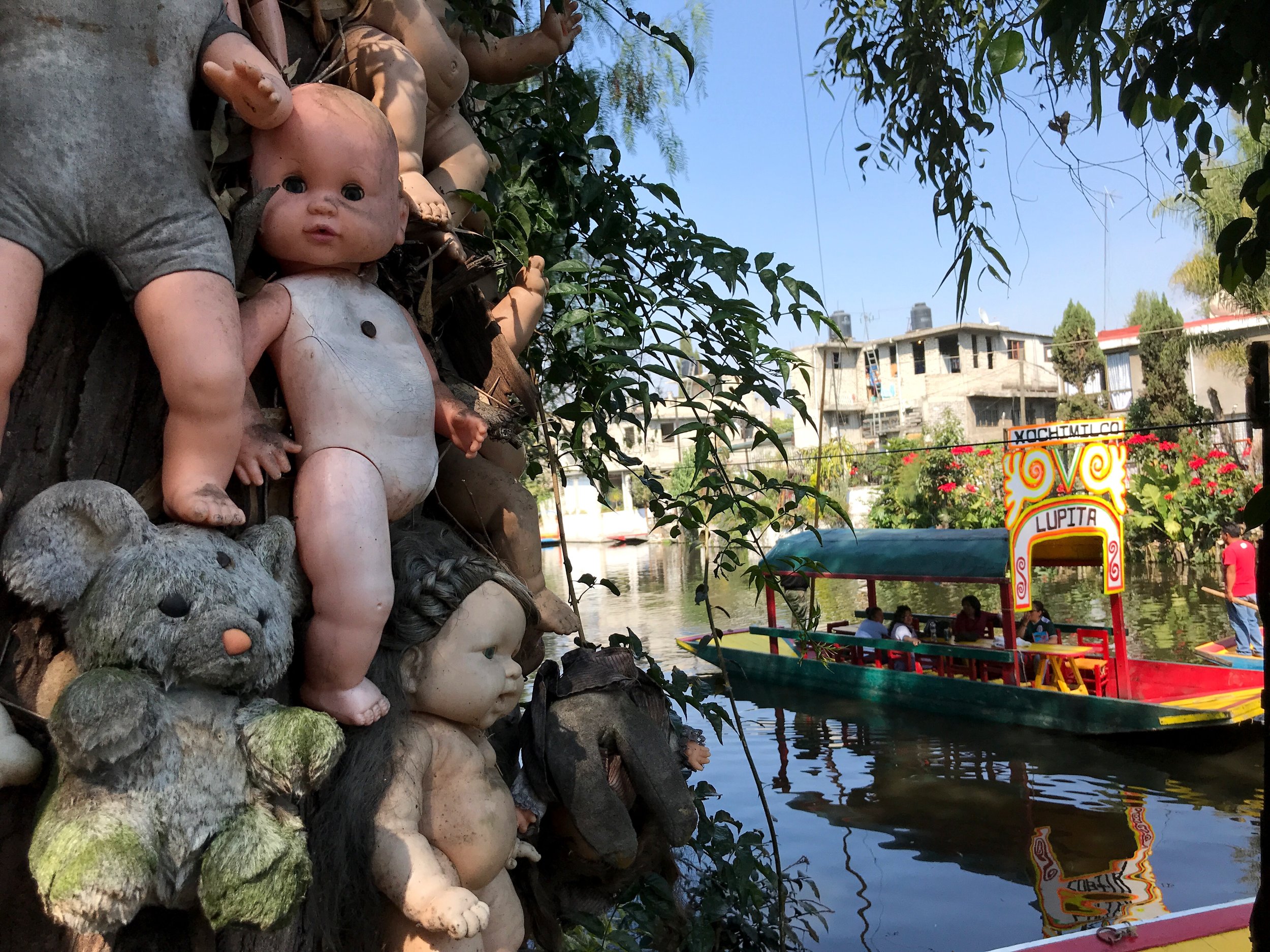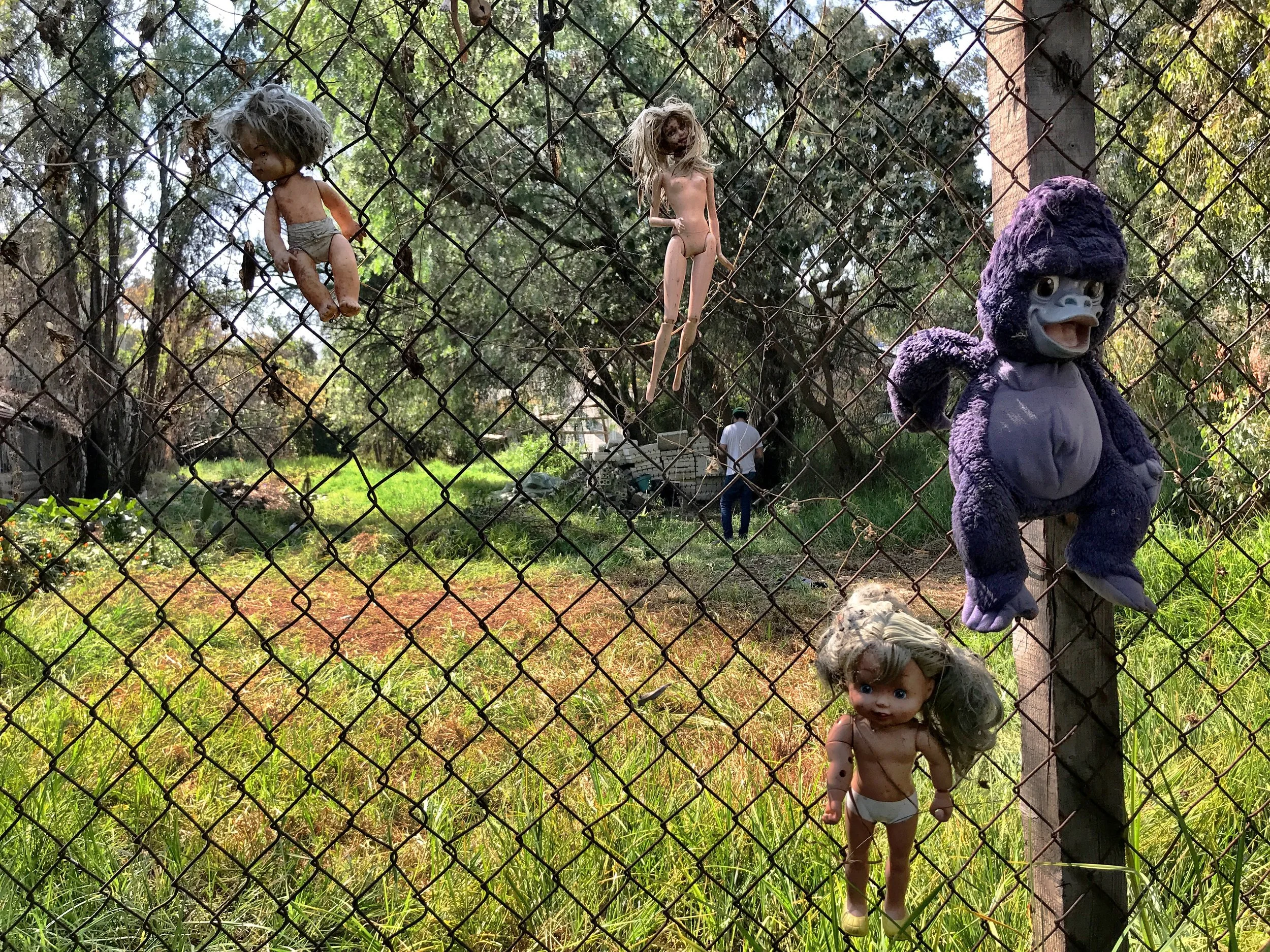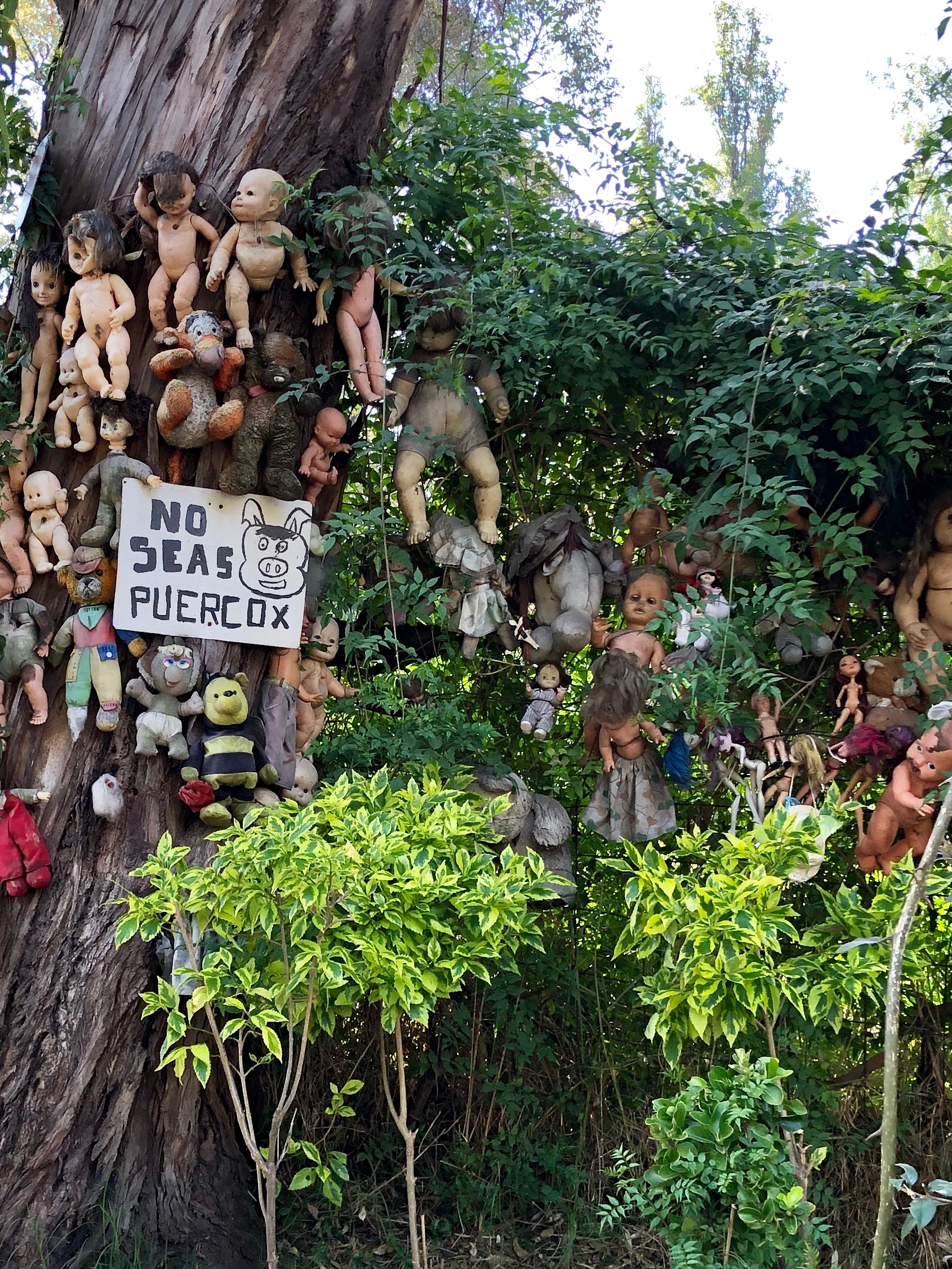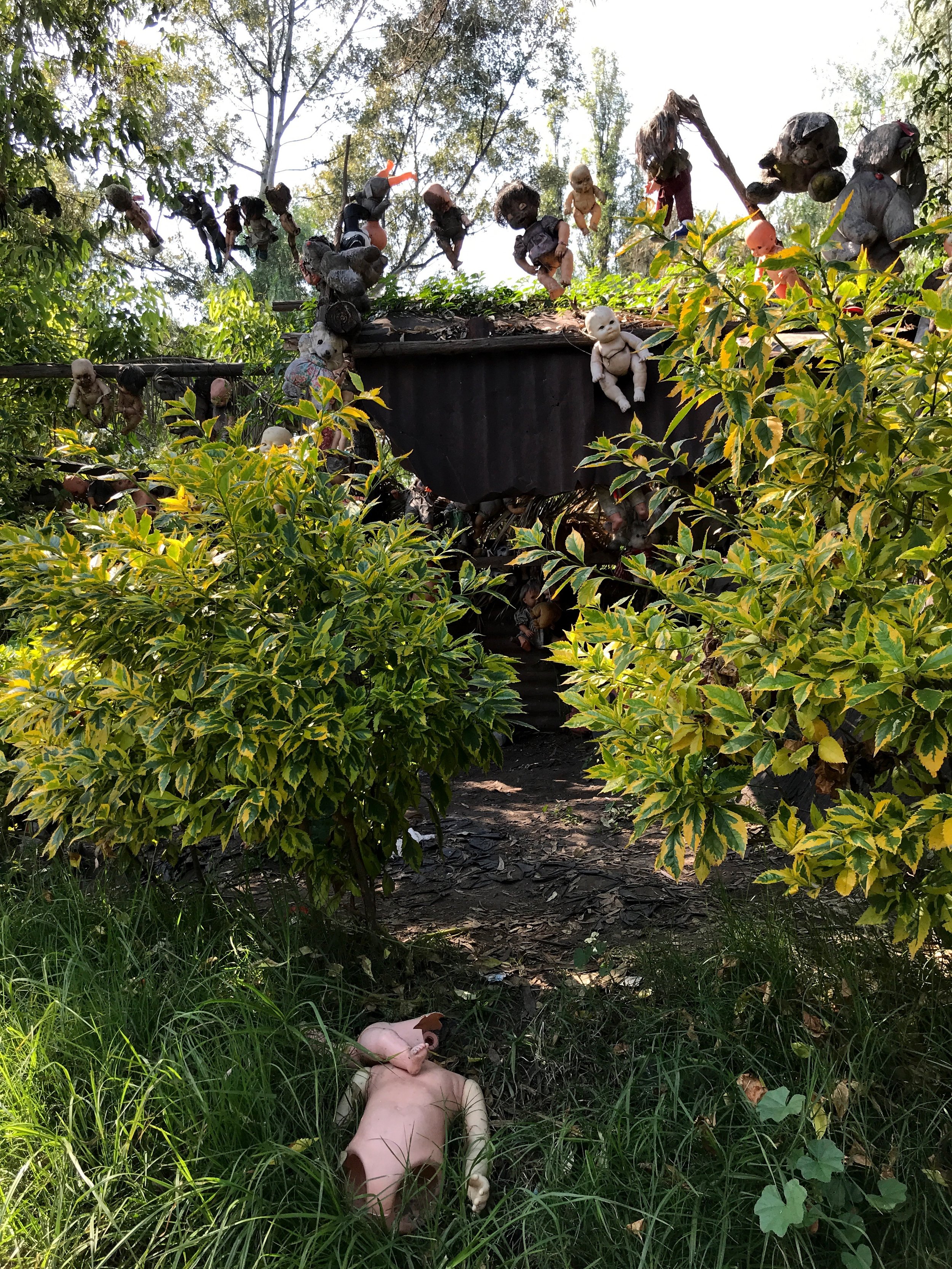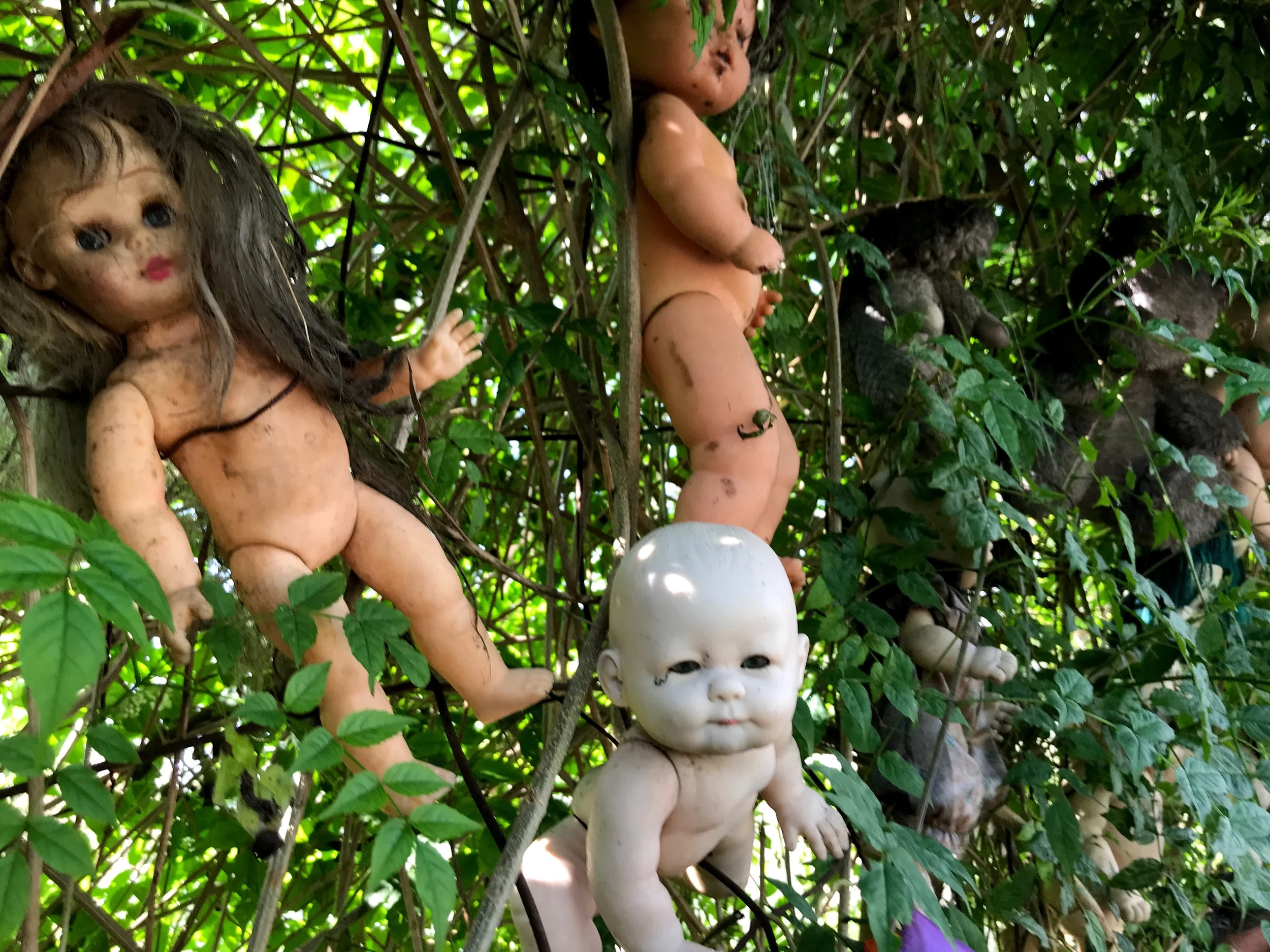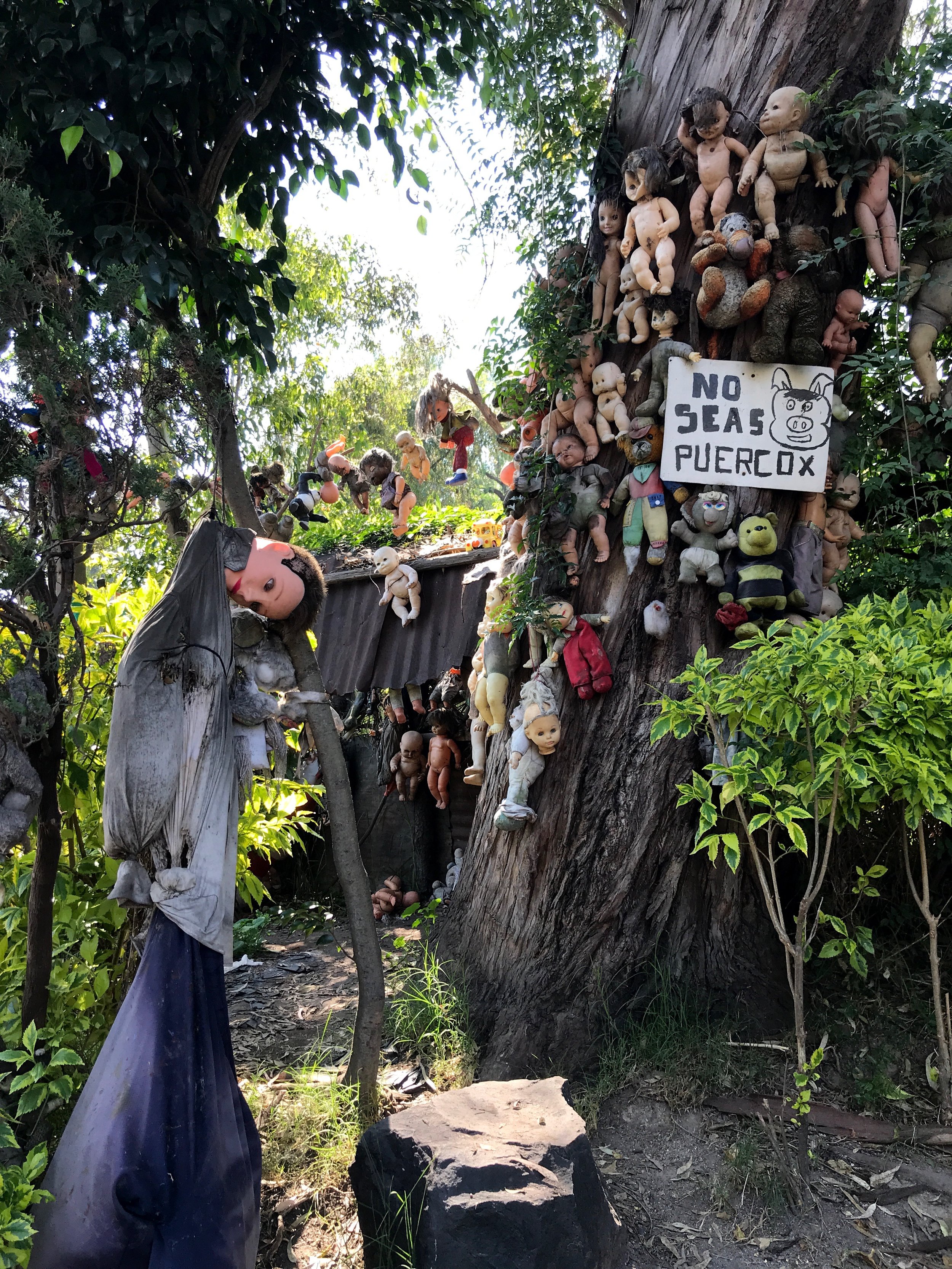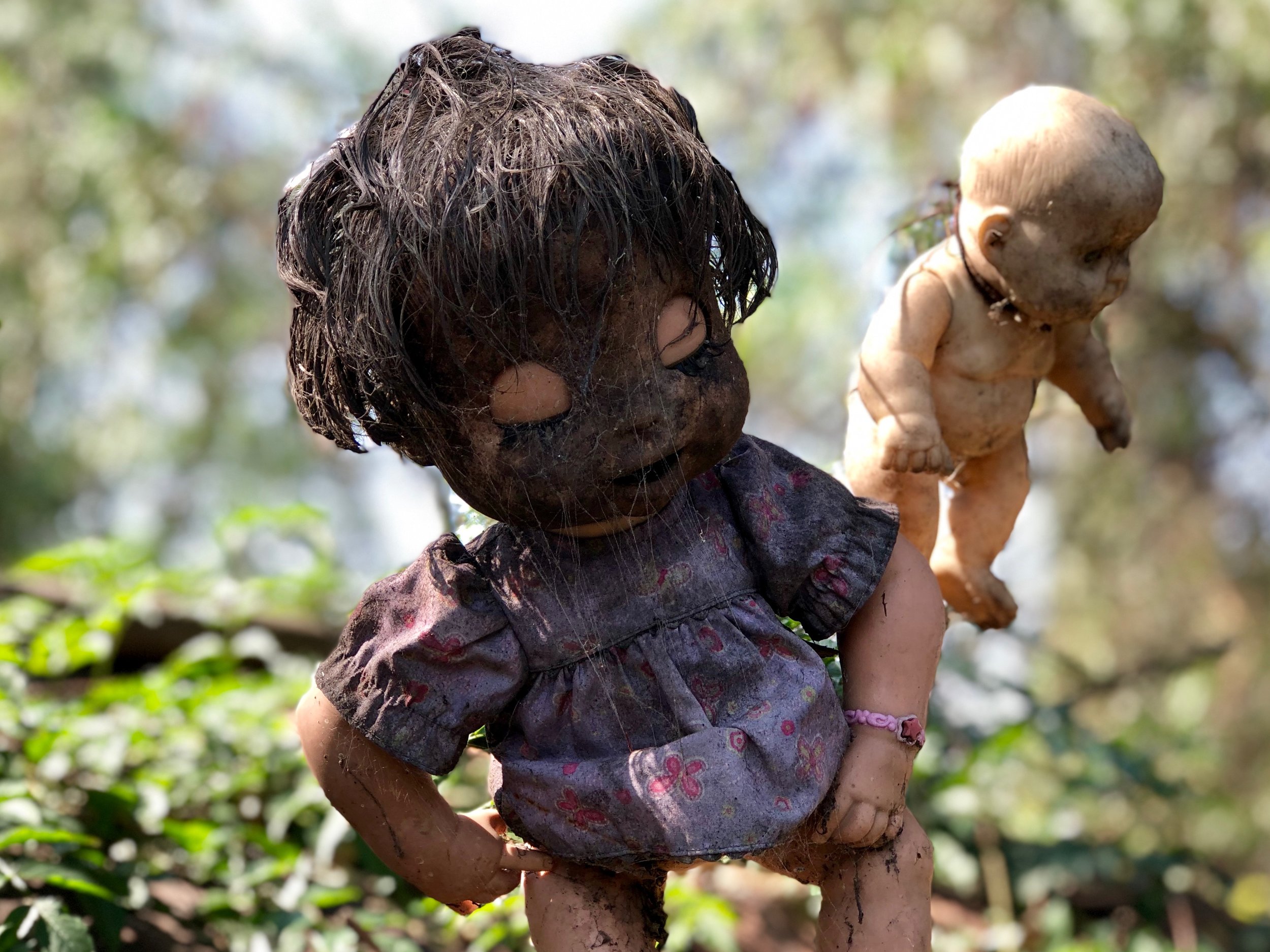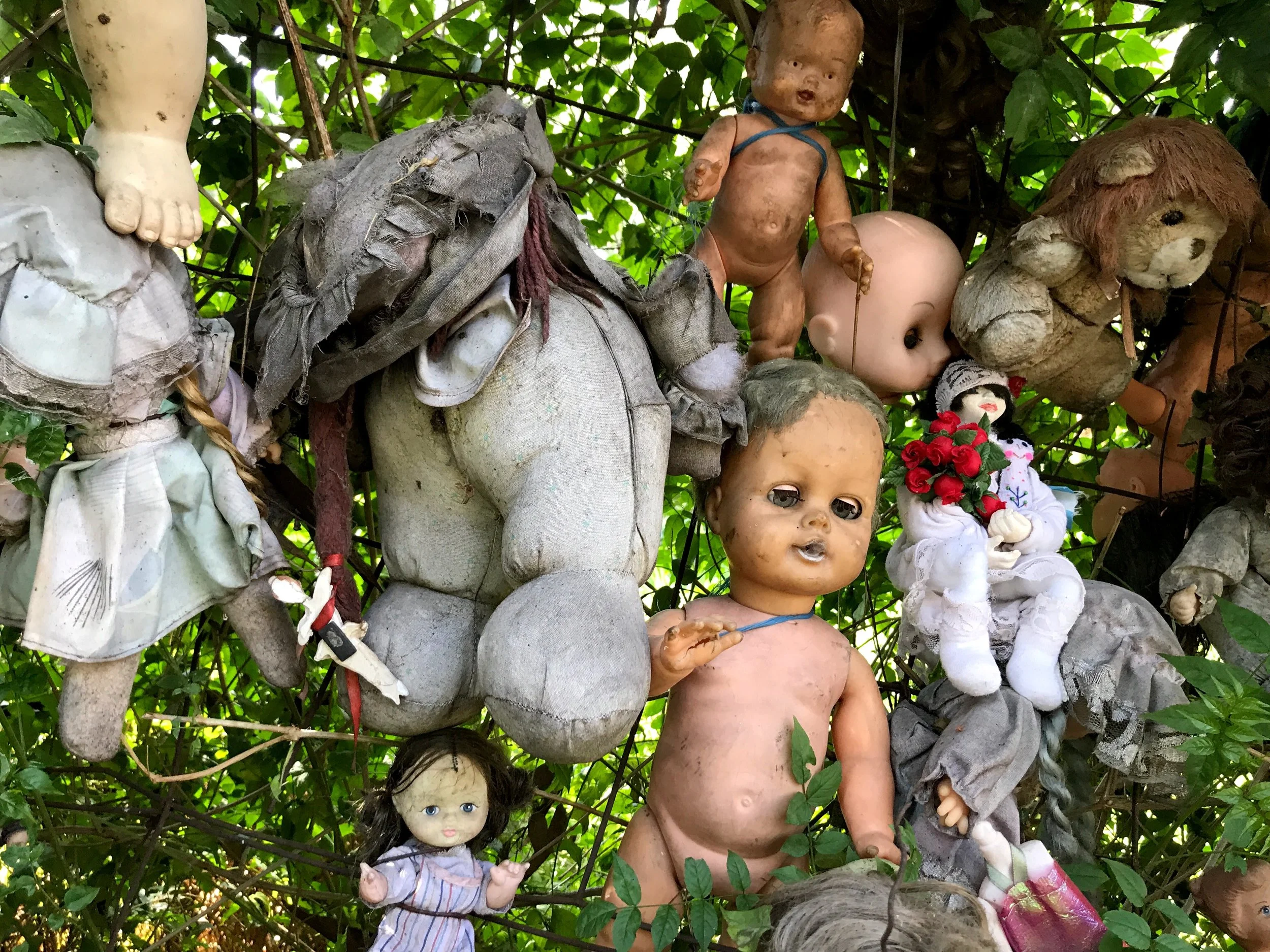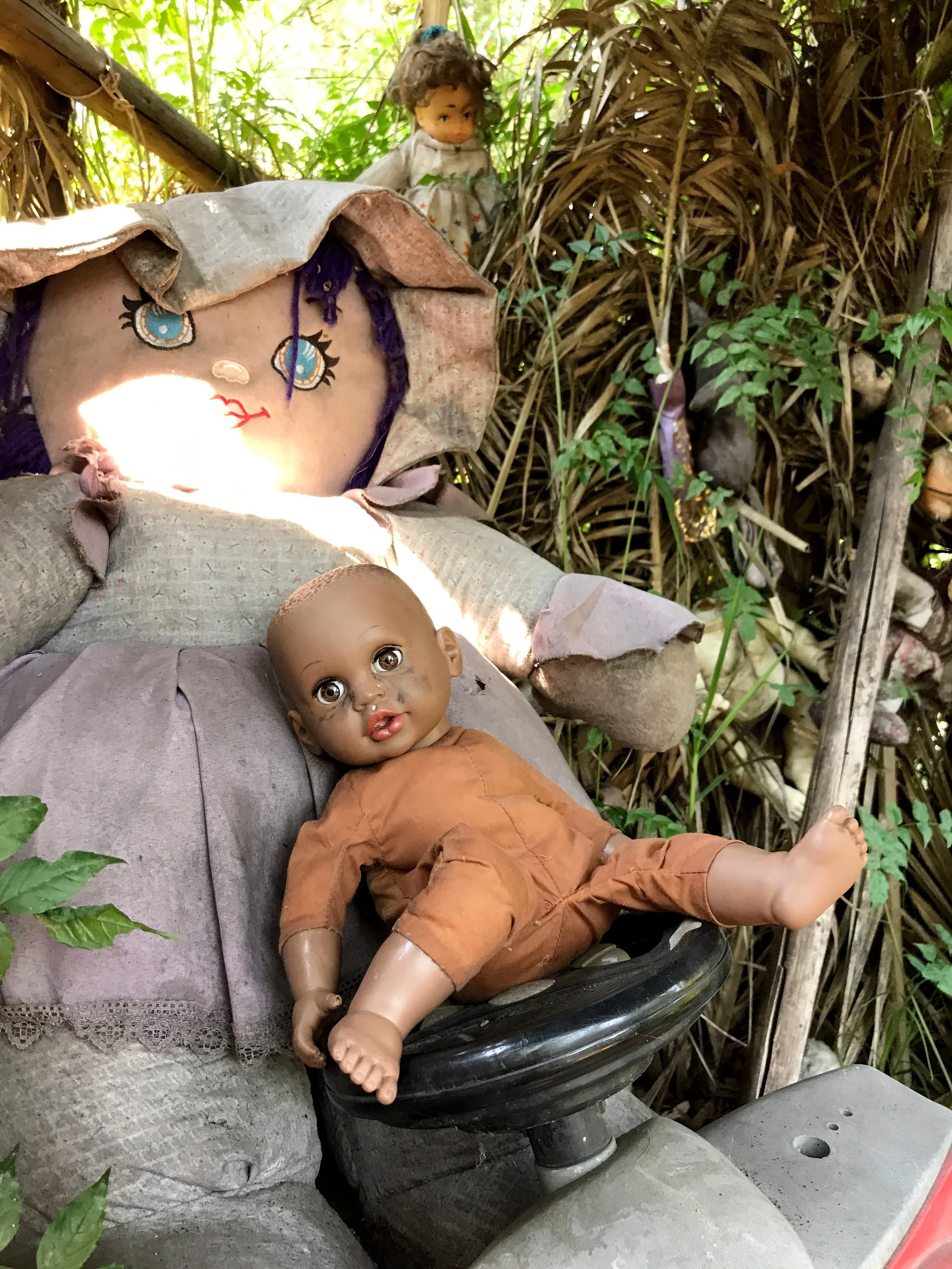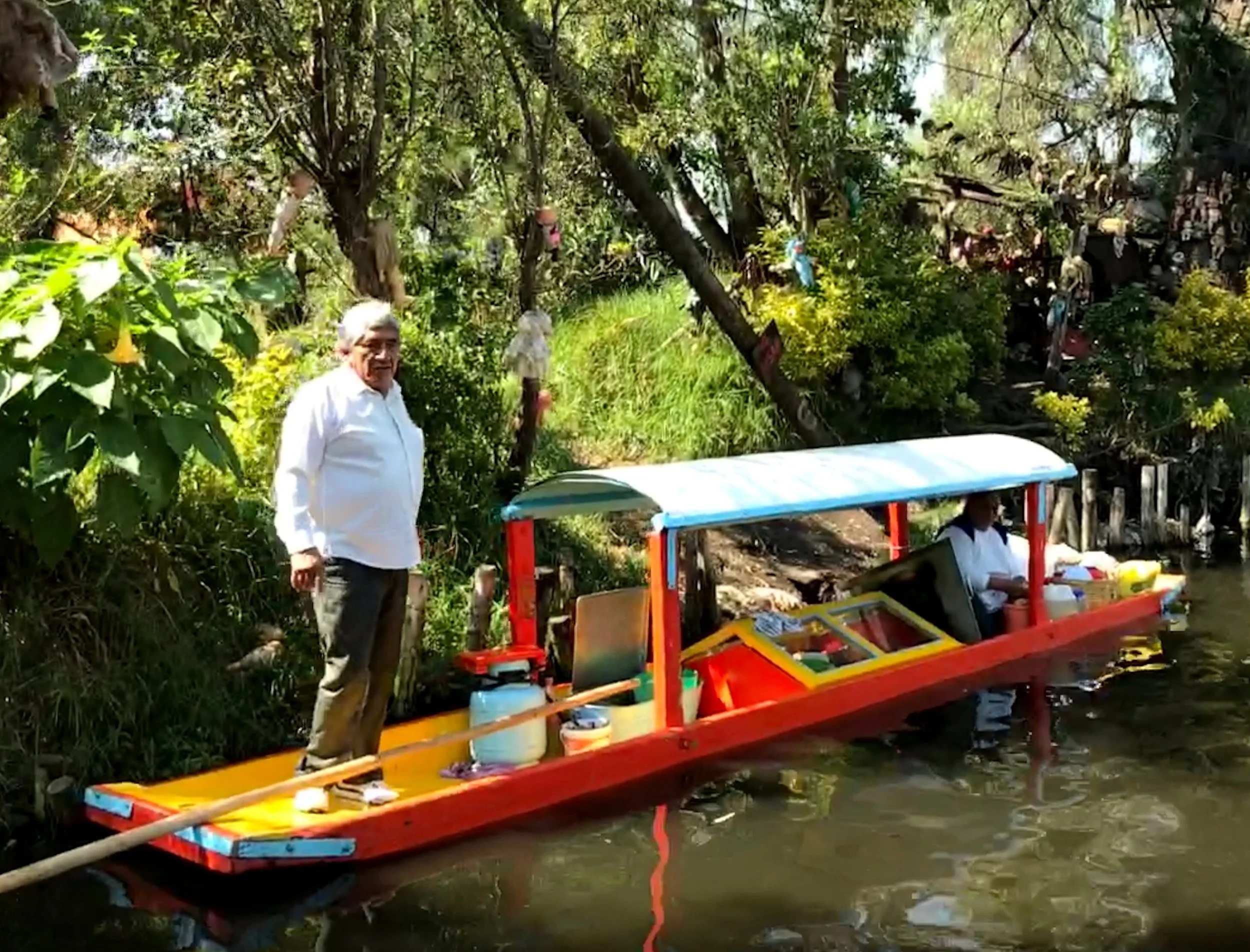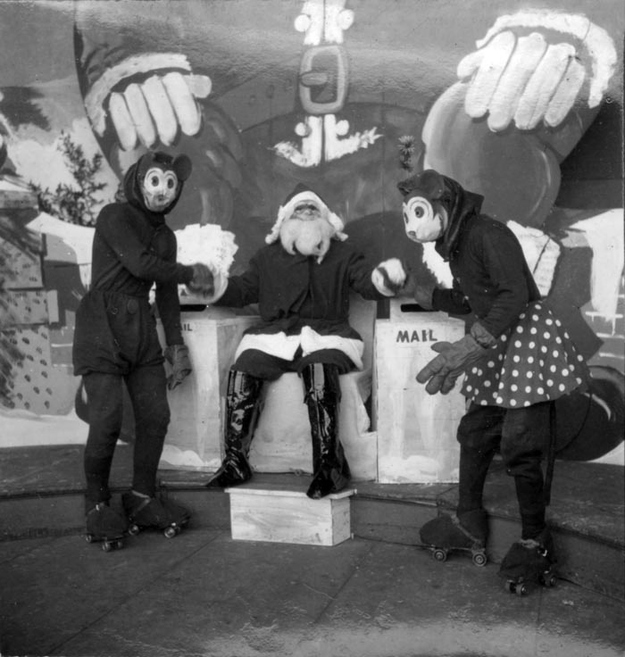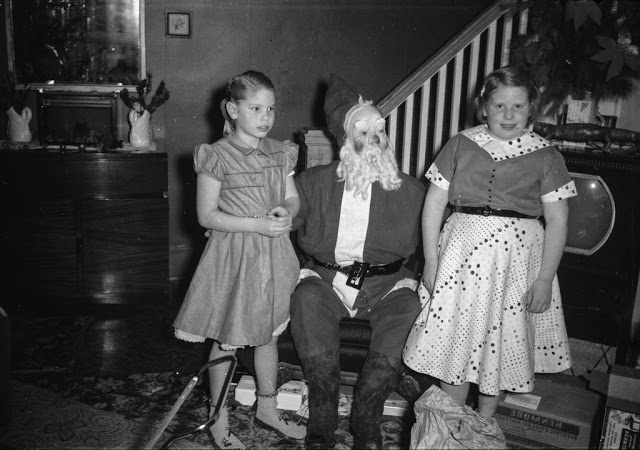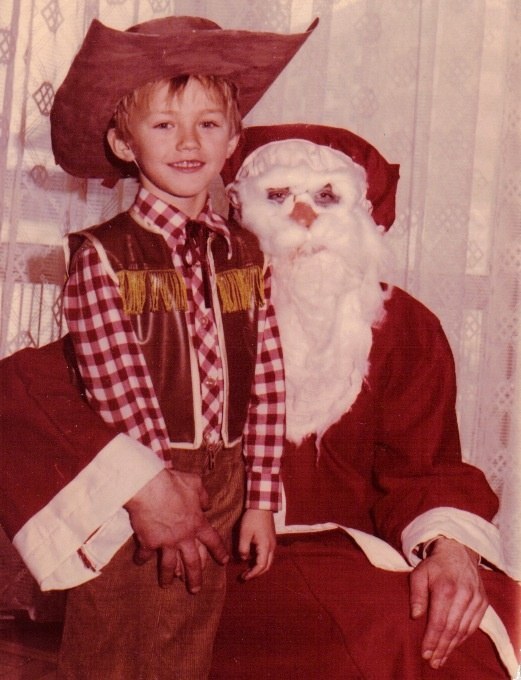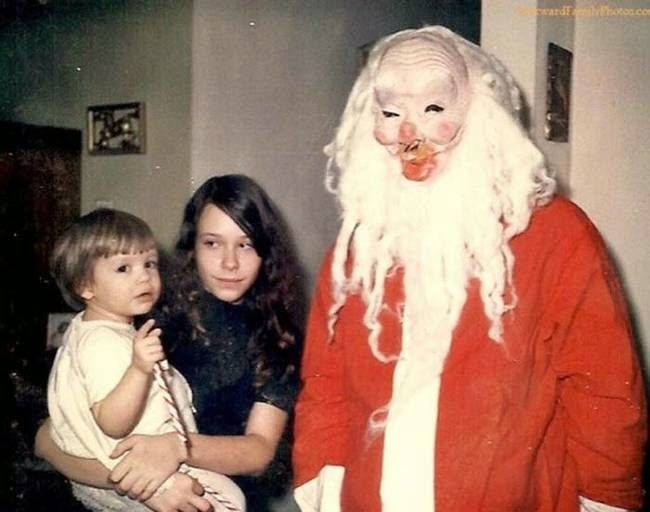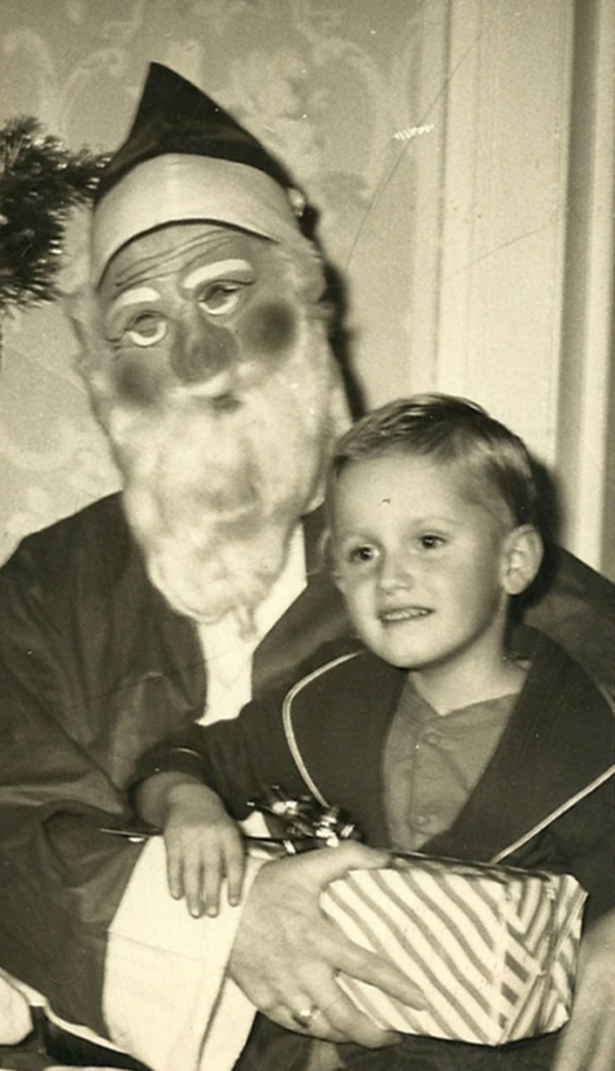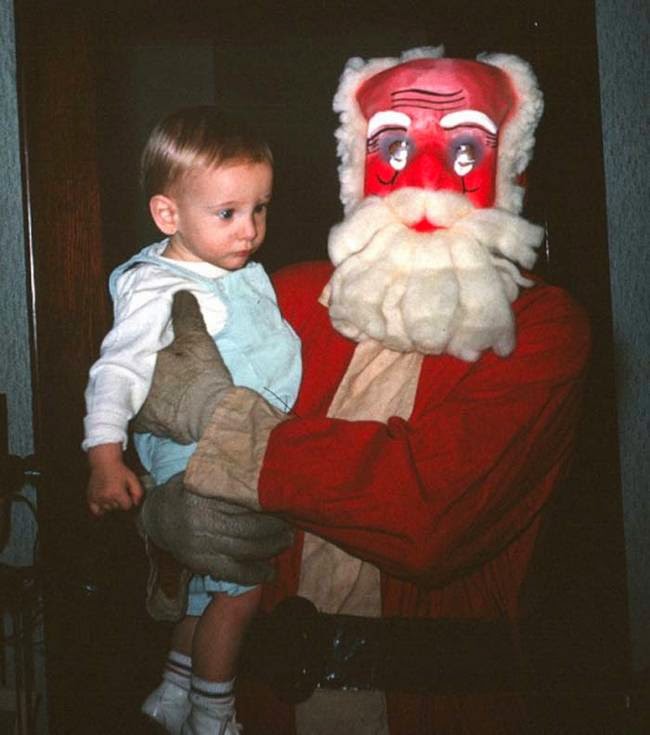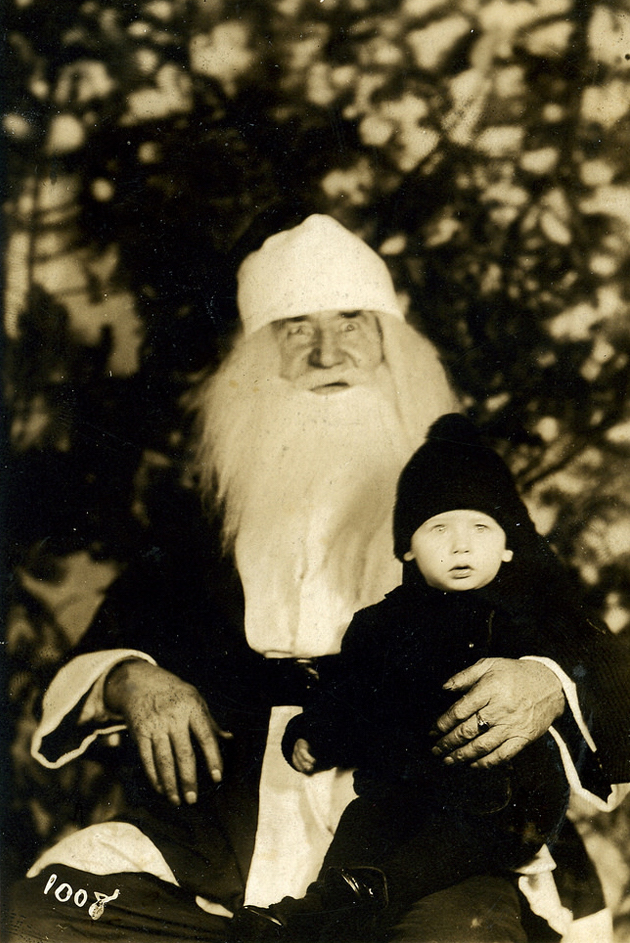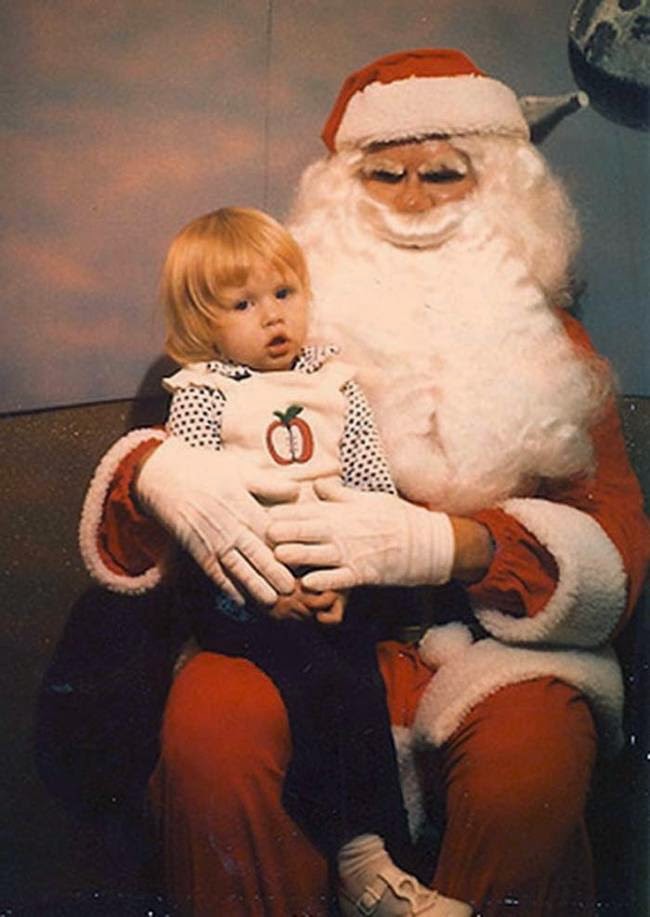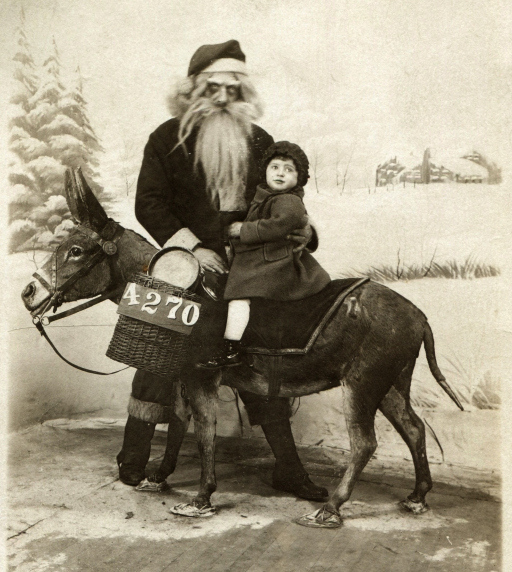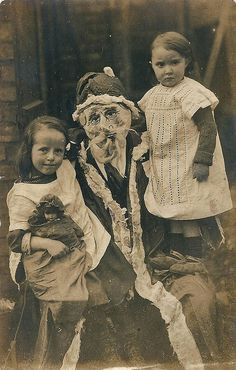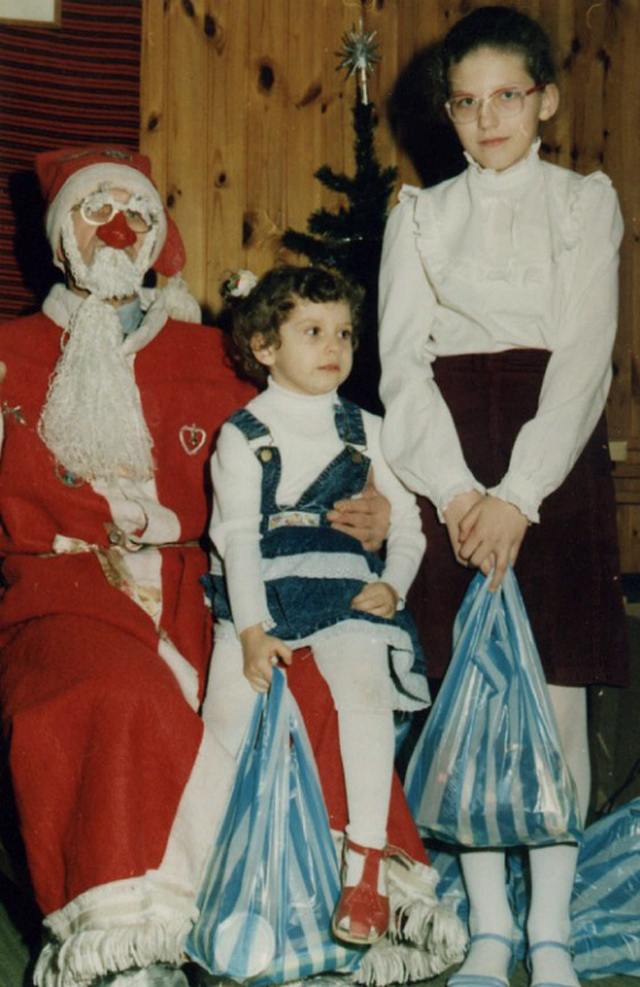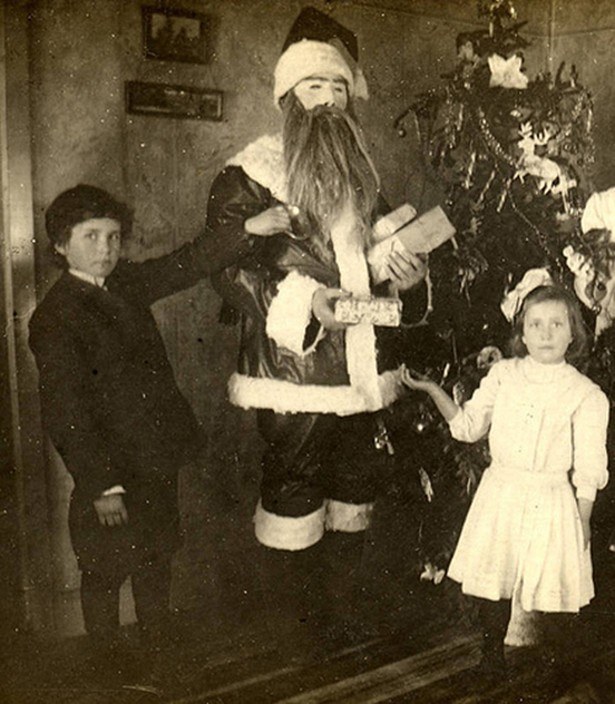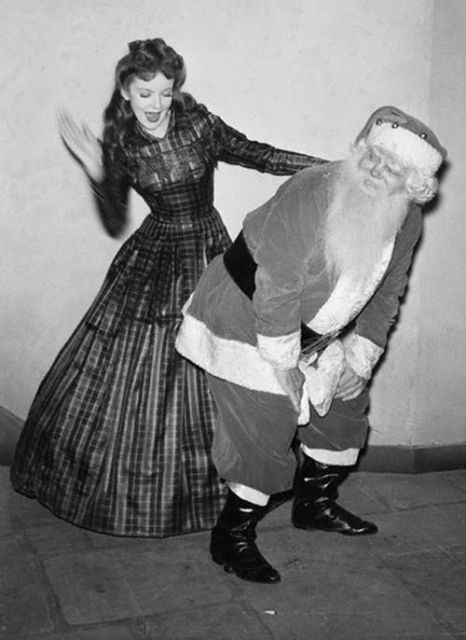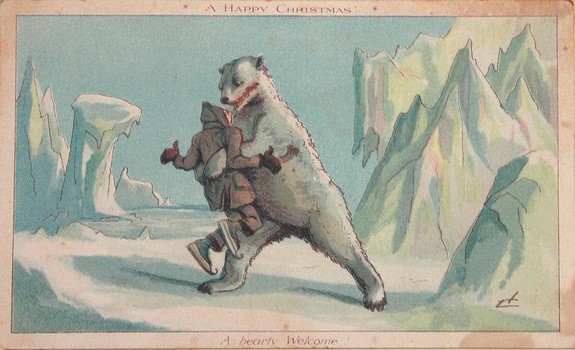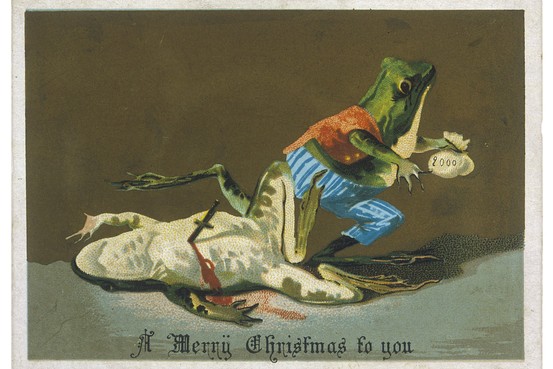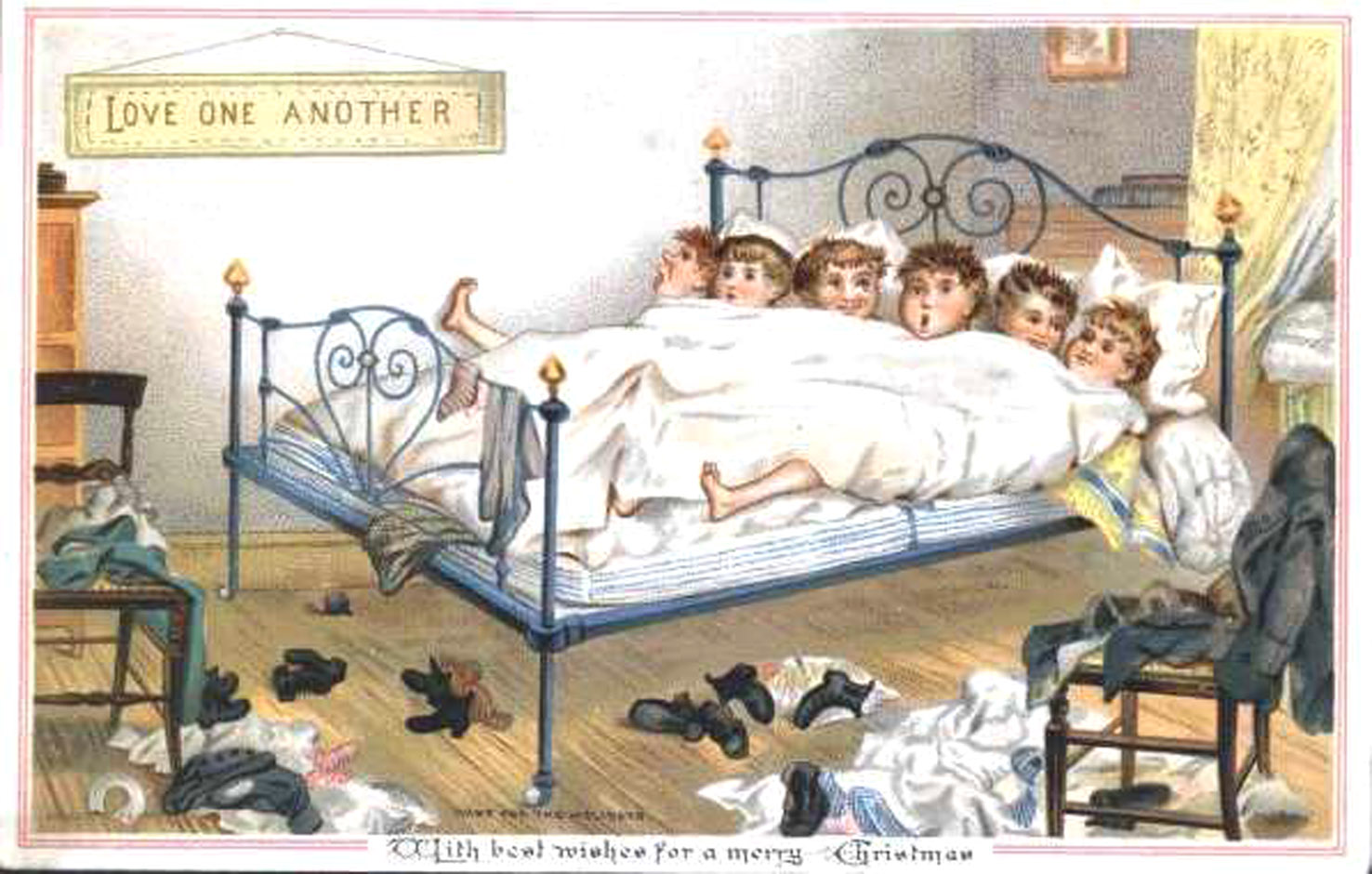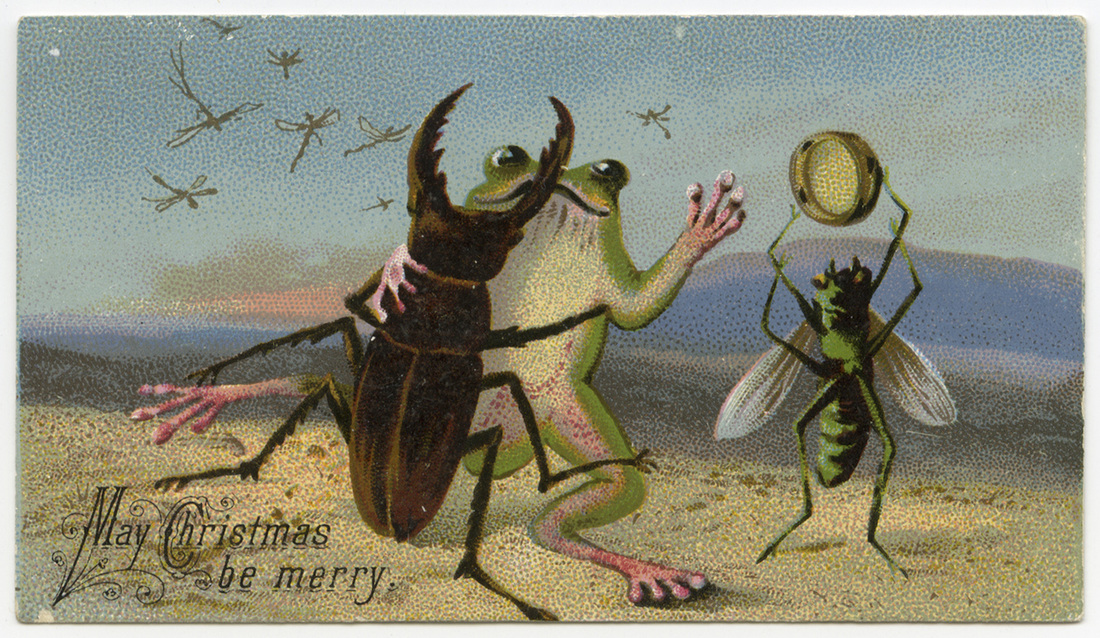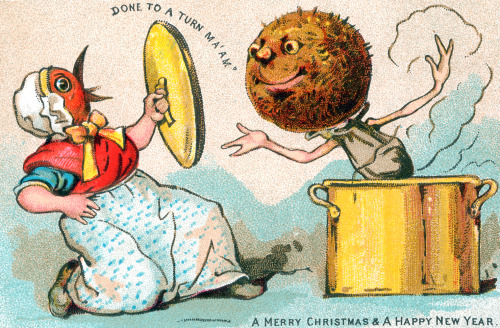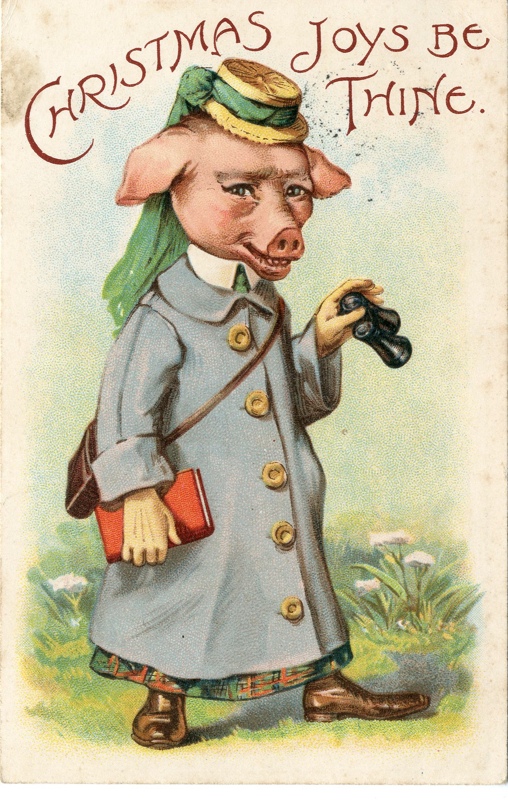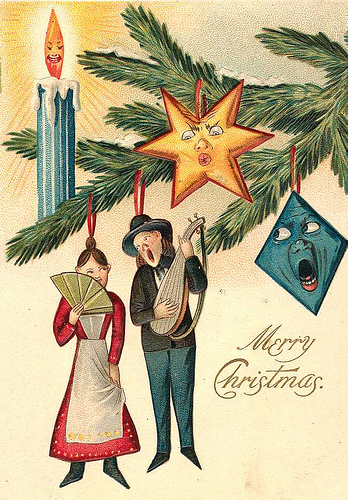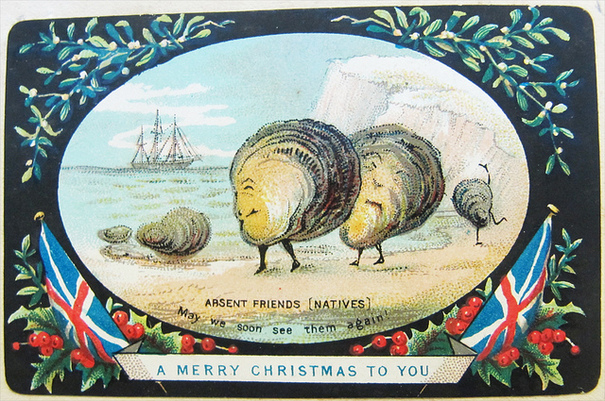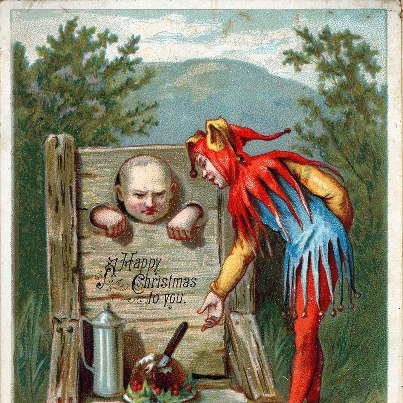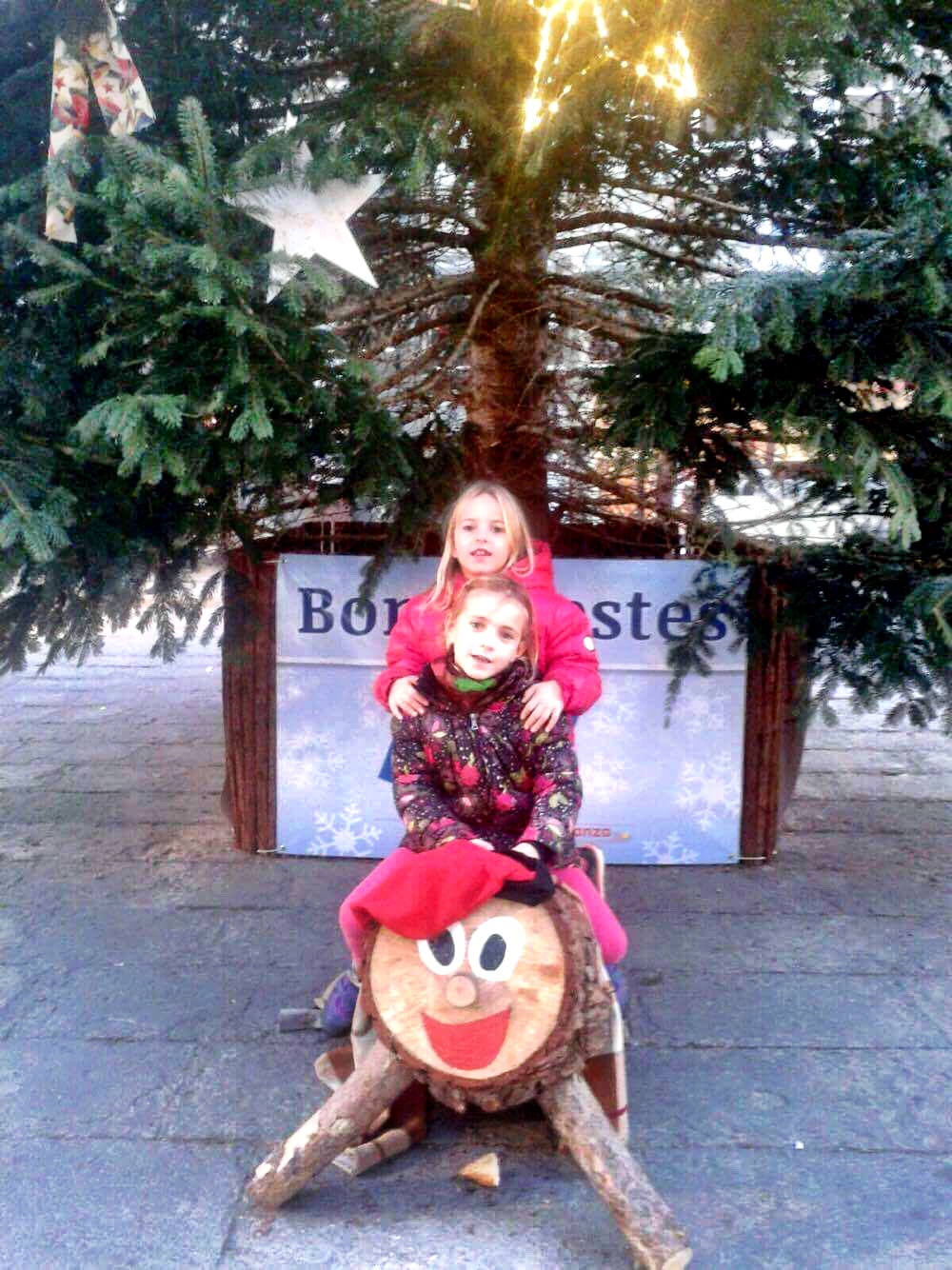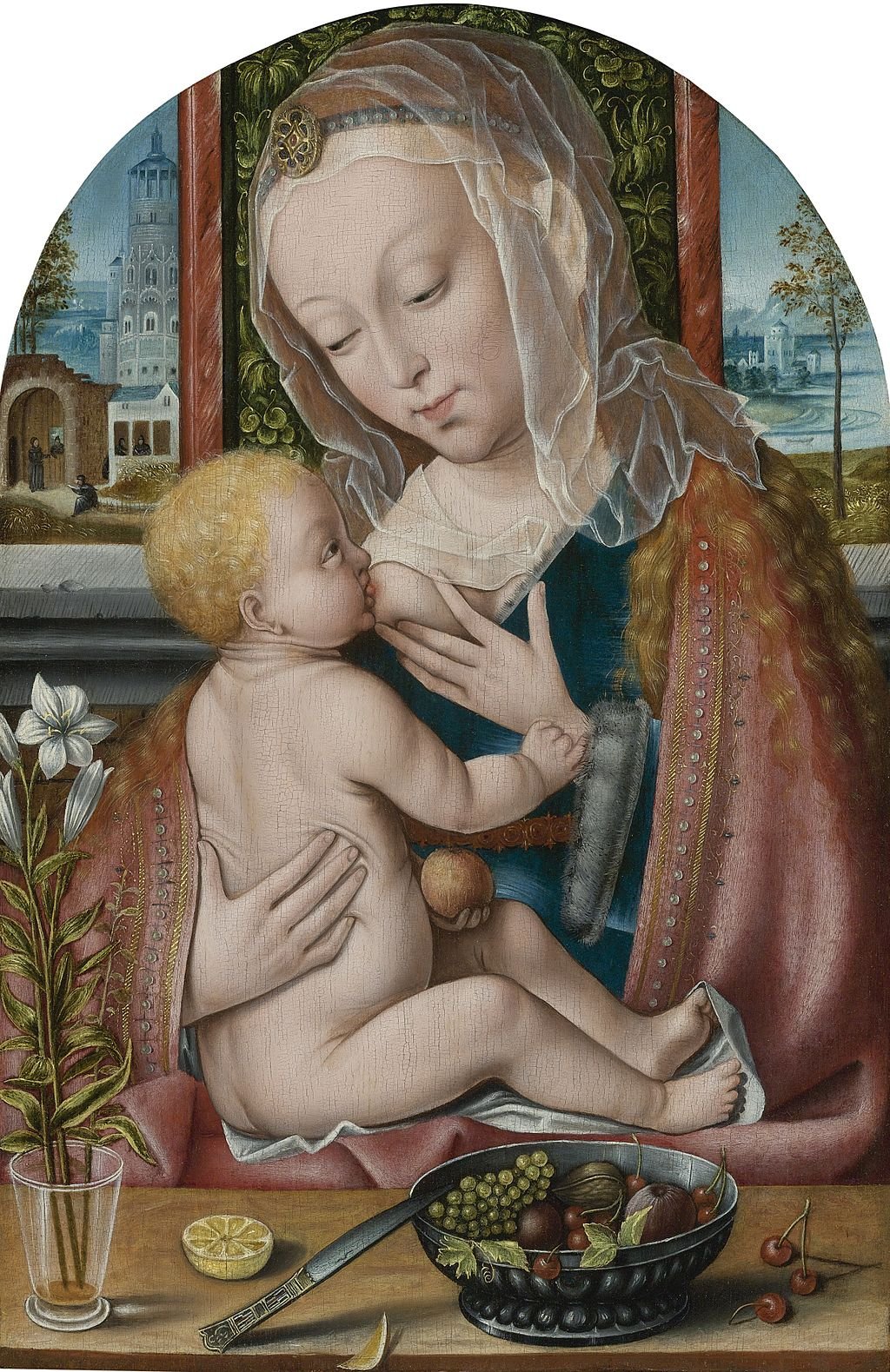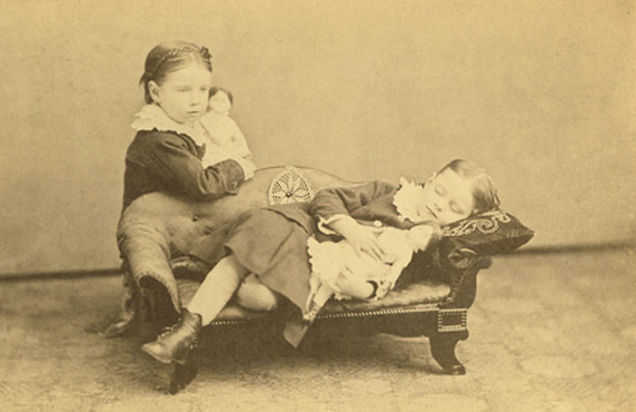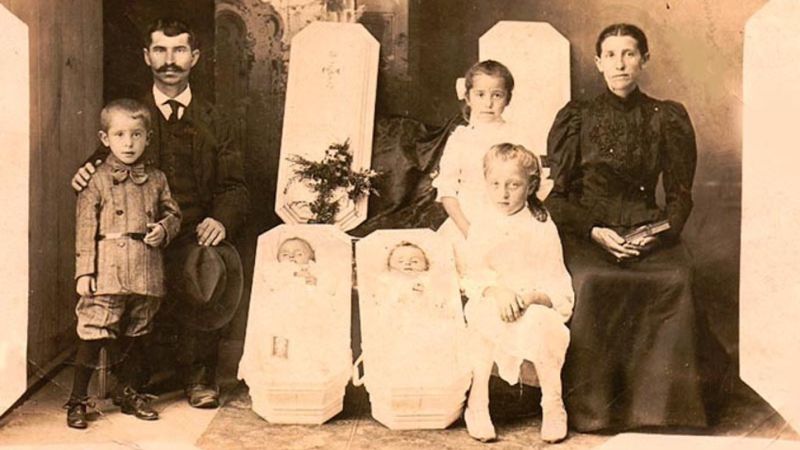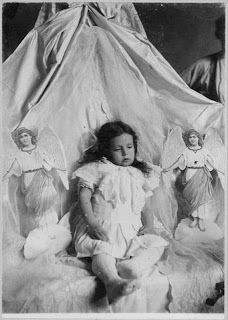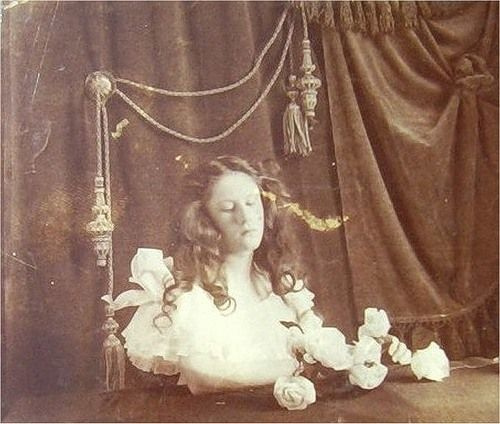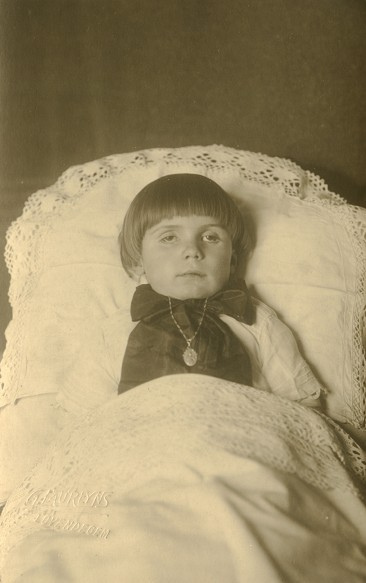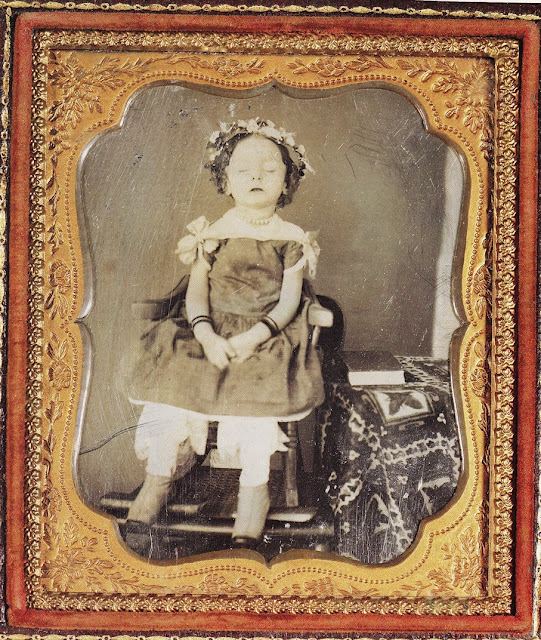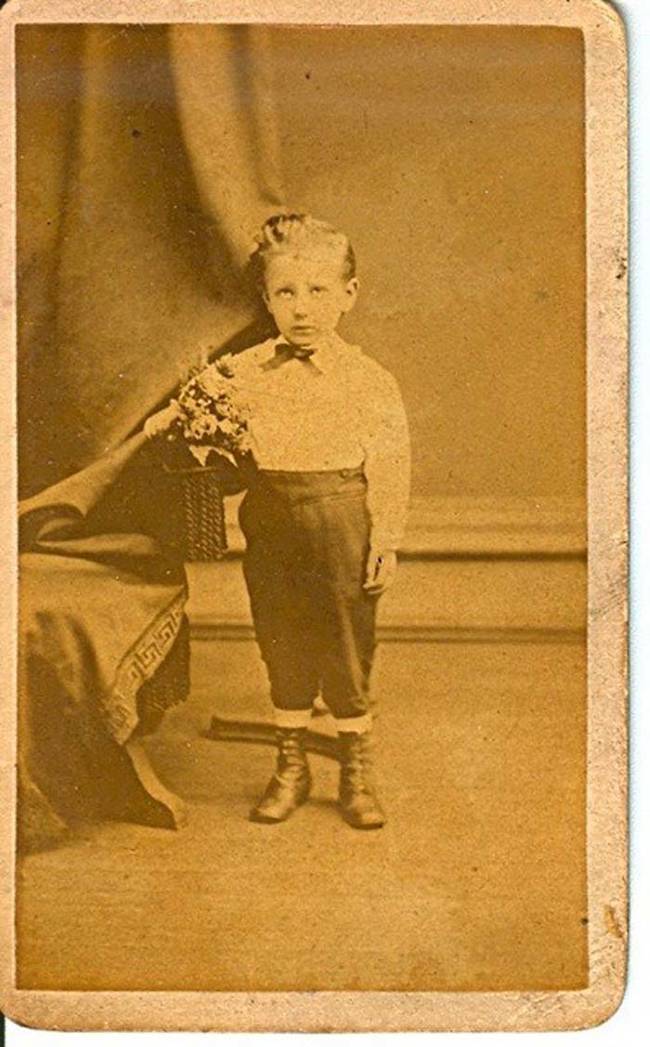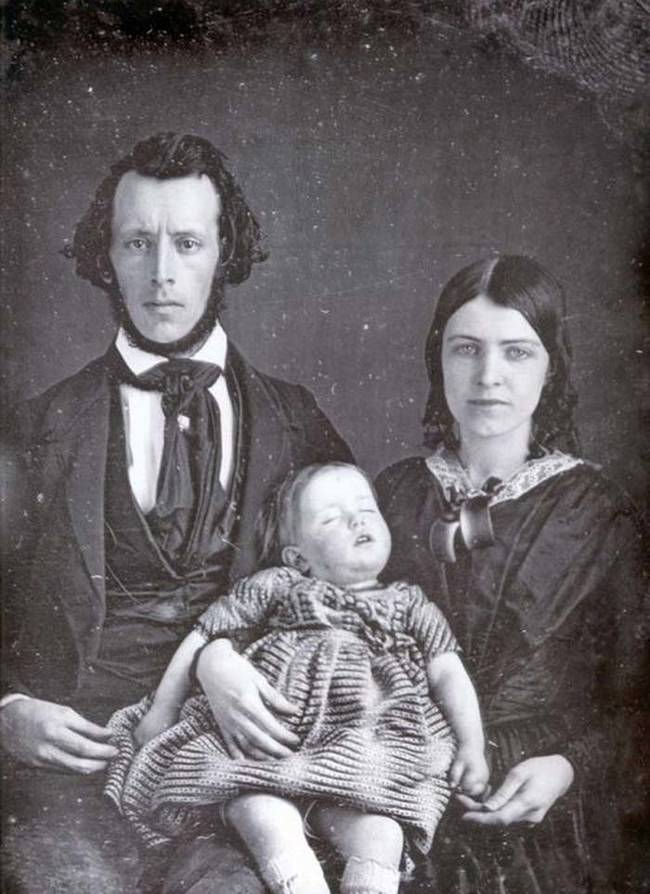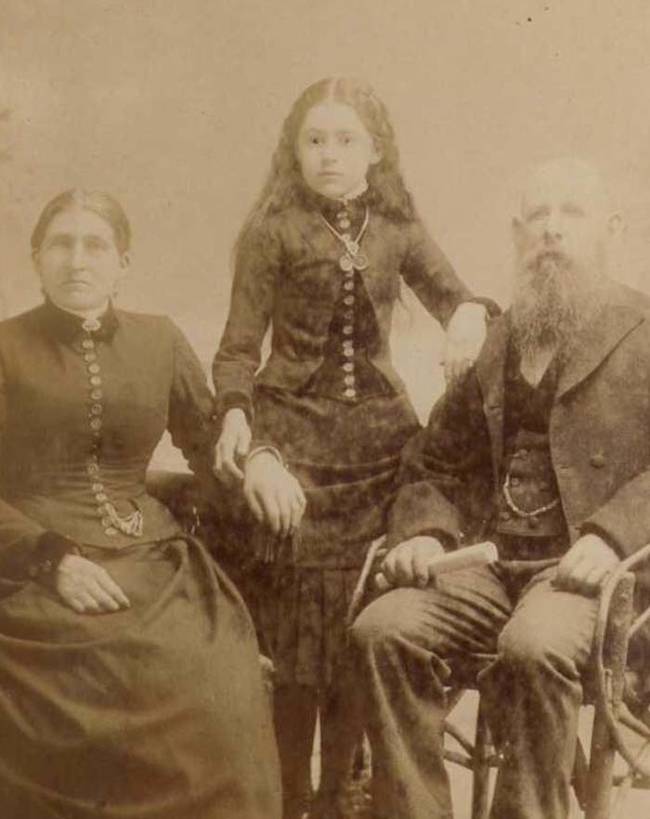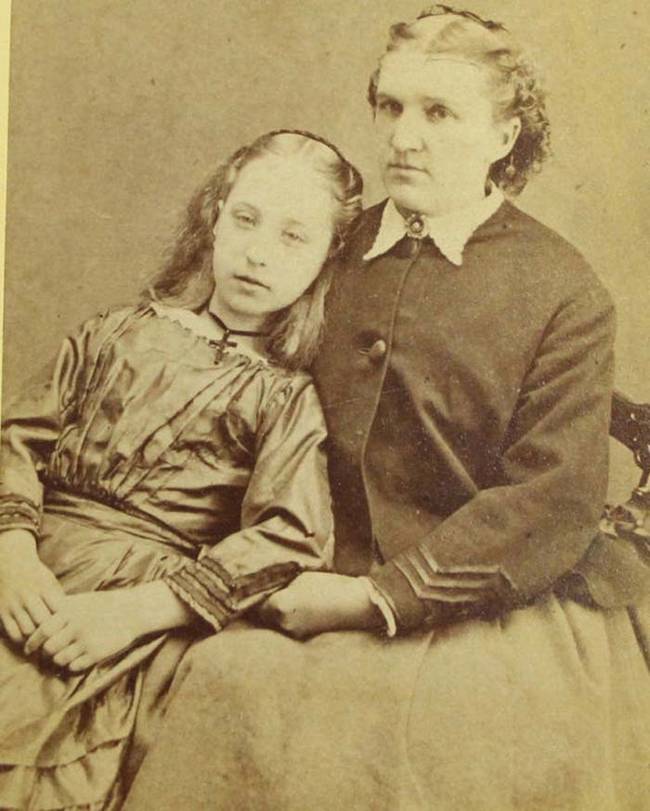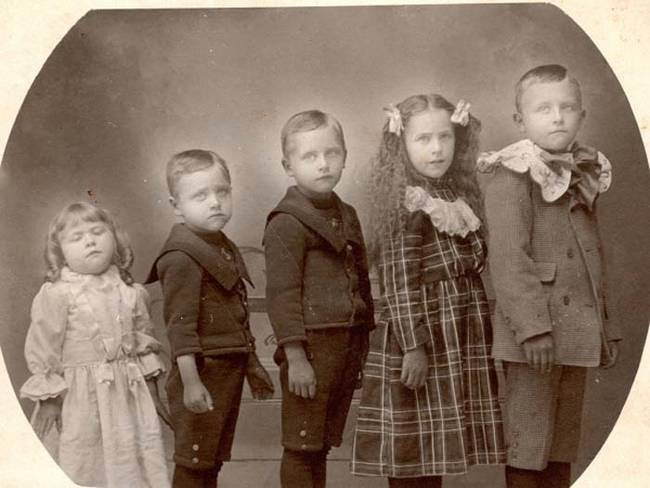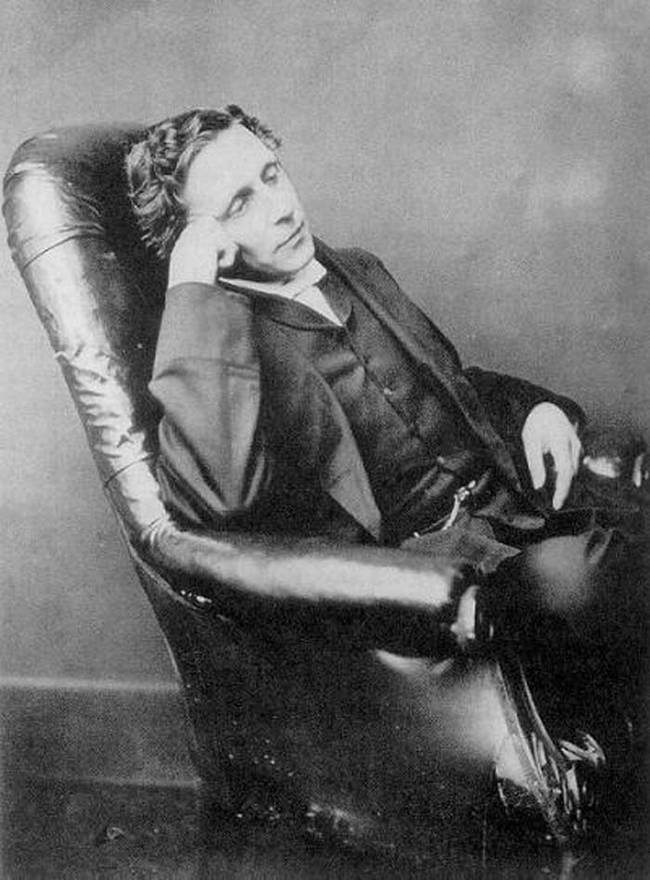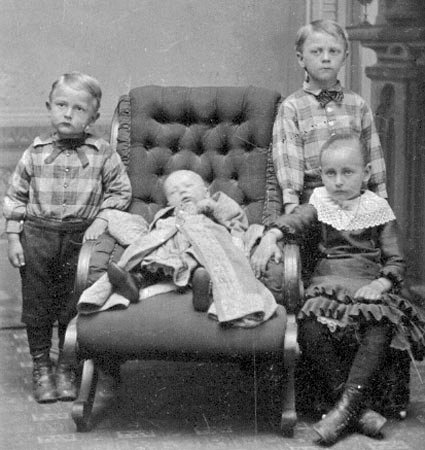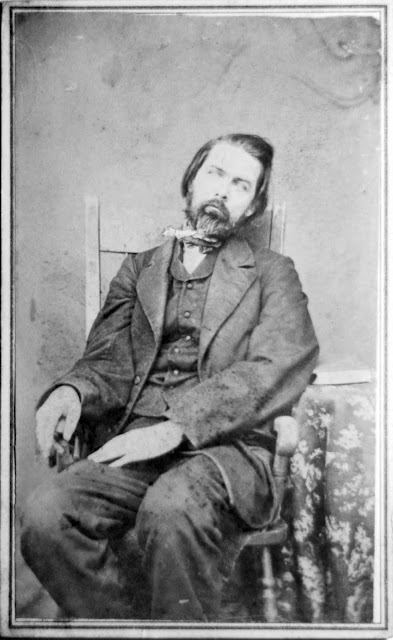How to visit this haunted Mexico City tourist attraction on the Xochimilco canals, and the tragic ghost story of a little girl’s spirit and the strange offerings to appease her.
Rent one of the colorfully painted canal boats on Xochimilco and make a stop at this strange attraction
She was just lying there on the sidewalk, scuffed up and abandoned, behind the massive Uptown Theatre. We knew we had to save her. So Duke and I picked up the dirty baby doll and took her home.
We knew that our sad little toy had a larger destiny: She’d become an offering to the ghost said to inhabit the Island of the Dead Dolls, or la Isla de las Muñecas, on our trip to Mexico City.
“Everywhere you look, dolls fill your vision, like a nightmare come to life.
Most have been stripped of their clothing. Dirt and black mold cover their naked lifeless bodies, as if they’ve contracted some sinister plague. ”
Can’t you totally imagine this guy coming to life?!
Dolls lay damaged on the ground, like casualties of some horrific catastrophe
These dolls have been nailed to a tree, creating a macabre tableau
The Legend of the Island of the Dead Dolls
Along the canals of Xochimilco (pronounced So-chee-meel-ko), a young girl drowned under mysterious circumstances. One day a man named Don Julián Santana Barrera left his wife and child, and moved into a tiny cabin on one of the small islands between the canals of Xochimilco to live out his life as a hermit.
Shortly thereafter, he made a gruesome discovery that would haunt him for the rest of his life: He found a girl floating face-down in the water. But, try as he might, he was unable to revive her.
Not long after, he saw a doll bobbing along nearby. He fished it out and tied it to a tree as a way of showing respect to the spirit of the drowned girl.
Off with her head!
A fence with various offerings. Note Captain Sandro in the background
It didn’t work, though. The girl’s ghost haunted Julián. In an effort to appease this restless wraith, he continued to hang more and more dolls, now joined by mangy stuffed animals, plastic dinosaurs, action figures and even a likeness of Santa Claus. The offerings hang from branches, wires and fences, while others have been cruelly nailed right into tree trunks. A couple lay face-down in the dirt, as if they perished mid-crawl, trying to escape the horrors of la Isla de las Muñecas. Over time, the entire island became a bizarre shrine dedicated to this lost soul.
Fifty years later, in 2001, Julián drowned — in the exact spot where he had found the little girl’s body. Was it an accident? Did he commit suicide? Or did the little girl’s ghost finally claim her victim?
Dolls of all shapes and sizes hang in offering to the restless spirit
Ghost Hunters
The Island of the Dead Dolls is just the type of creepy, quirky destination that appeals to our warped sensibilities. We knew that we wanted to take a boat out on the Xochimilco canals, but once we saw pictures of the dolls loosely dangling from branches on la Isla de las Muñecas, that became my number-one priority.
Duke’s only pretending to be scared — he loved the Island of the Dead Dolls
Locals say that the dolls have lured them to the island. They swear they’ve seen the chubby limbs of the dolls move on their own, that the heads, with their dead, unseeing eyes, will turn slowly toward you. They even say that they’ve heard the dolls whisper to each other, momentarily possessed by the spirit of the doomed little girl. It’s easy to imagine the dolls coming to life at night and causing mischief.
I placed our doll on the steering wheel of a toy car. Looks like she’s in good company
Our Offering to the Ghost
While we were on the canals, I had a one-track mind: I wanted to make sure we’d get to see the Island of the Dead Dolls. Our boat captain, Sandro, consented and took us to the haunted isle. I grabbed the doll we had brought and scrambled off the boat onto the small jut of land.
No Pasar means Do Not Enter. As if!
Purposefully ignoring the “No Pasar” sign, we walked past a life-size doll that might or might not be Pee-wee Herman, its neck bent at a sickenly unnatural angle, as if it had been snapped. He hangs there at the base of the path, like a gruesome warning of the dangers ahead.
Is that Pee-wee Herman (with a snapped neck), greeting you to this creepy island?
Everywhere you look, dolls fill your vision, like a nightmare come to life. Most have been stripped of their clothing. Dirt and black mold cover their naked lifeless bodies, as if they’ve contracted some sinister plague.
Disgustingly dirty dolls dangle from branches and wires all over the small isle
The island is steep and narrow, and we had to be careful not to lose our footing and topple into the canal. Duke and I wandered around, snapping photo after photo while our boat captain got stoned in a nearby field. It’s such a bizarre setting — you can’t really imagine it until you experience it firsthand. Dolls are creepy enough on their own. But they’re downright terrifying when you see a bunch of them, deformed, dirty, missing hair, limbs or heads after being exposed to the elements for decades.
How many dolls does it take to appease a little girl’s ghost?!
A doll hangs, missing its head, its skin a grayish hue from years of sun and rain. Another’s eye has popped out. One has been defaced, with an arcane symbol scrawled upon its forehead and a dark smudge over one of its unblinking eyes.
We wouldn’t be surprised if this dolly was used in Satanic rituals
Underneath a bower constructed of wood and dried leaves, I found a large red toy car with a giant dead-eyed, bloated Holly Hobby type doll behind the wheel. I decided this would be the new home for our dolly. I placed her on top of the steering wheel and offered her as a companion to appease the girl’s ghost.
Say hi to “la negrita en el carro” from Chicago when you visit the island
Out front of the island, a couple offered quesadillas for sale. We got the impression that they stationed themselves there every day to catch the tourists. The man called out something to our driver, who in turn translated the query: Did we leave a doll on the island?
My first instinct was to lie, not sure that adding to the collection was encouraged. But I found myself saying, “Si.” I was relieved when this response delighted everybody. The questions came in a frenzy: Where’s the doll we left? Where are we from? Are we sure we didn’t want more quesadillas?
After I pointed out our offering, Captain Sandro exclaimed, “Es la negrita en el carro.” (“It’s the little black girl in the car.”)
He informed us that there are only two foreign dolls on the island: one from Argentina, and now ours, from Chicago. Duke and I beamed at each other. We hope we’ve become part of the legend of the Island of the Dead Dolls.
This man and his wife sell snacks by la Isla de las Muñecas
Wally thinks he saw a ghost!
How to Get to la Isla de las Muñecas
There is apparently more than one of these creepy islands. We were told the original island is about a four-hour round trip if you leave from Embarcadero Cuemanco or Embarcadero Fernando Celada.
Be careful of the plants — and one-eyed dollies!
Luckily, there’s another version of the island that’s much closer if you hire a boat at Embarcadero Nuevo Nativitas. Be sure to mention the island before you make a commitment to a particular captain.
And consider bringing a doll to help keep the spirit of the little girl at peace. –Wally
“ Dolls are creepy enough on their own. But they’re downright terrifying when you see a bunch of them, deformed, dirty, missing hair, limbs or heads after being exposed to the elements for decades. ”
Don’t pass by the Island of the Dead Dolls — if creepy attractions are your thing!
Island of the Dead Dolls
La Isla de las Muñecas
Parque Ecológico de Xochimilco
16036 Mexico City, CDMX
Mexico

